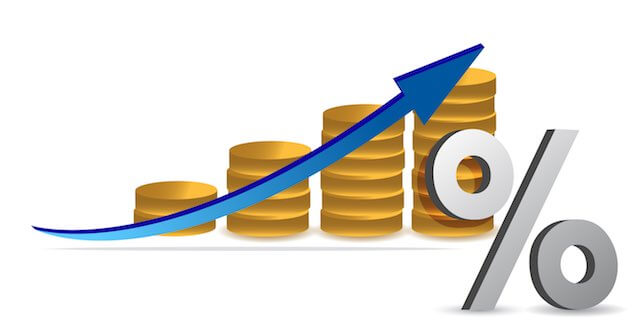Inflation and Determining the Next Annual Pay Raise
How do federal employee raises usually initiated in January of a new year compare to the annual inflation rate?
It is not uncommon for the federal pay raise to exceed the rate of inflation although that was not the case under the Obama administration.
Highest and Lowest Pay Raises
Federal workforce pay raises have varied in size through the years, ranging from 10.9 percent under President Nixon in 1972 to 1 percent in 2015 (and a pay freeze for three years from 2011-2013). In fact, the highest average federal pay raises (over 6 percent per year on average) were during the Nixon administration from 1969-1974. Federal pay raises were actually higher than in 1945 and 1946 but circumstances were considerably different at the end of World War II.
One reader noted in commenting on a FedSmith article on federal pay that “the salary increases are only slightly trailing inflation over the last decade.” That may make some federal employees feel better about the relatively small raises for federal employees in the past few years. The actual basis for a pay raise for the current federal workforce is not directly related to the inflation rate but there is often an indirect correlation.
Any annual pay raise for federal employees is a political decision based, in part, on pay comparability with the private sector. No satisfactory method of determining the differential has been reached.
It is an understatement to note there is significant disagreement about whether the amount of pay received by federal workers compared to the private sector is too high or too low. (See Federal Pay Raises Through the Years)
Here is a table showing many of the annual federal pay increases and the rate of inflation (based on the average for each year from the U.S. inflation calculator). The data cover the time of significant pay raises under President Nixon (the last double-digit pay raise) and the same data during the administrations of Presidents Bush and Obama and the first year of the Trump administration.
Federal Raise Increase vs Inflation
| Year | Raise | Inflation |
|---|---|---|
| 1969 | 9.1% | 5.5% |
| 1970 | 6% | 5.7% |
| 1971 | 6% | 4.4% |
| 1972 | 10.9% | 3.2% |
| 1973 | 4.8% | 6.2% |
| 2001 | 3.7% | 2.8% |
| 2002 | 4.6% | 1.6% |
| 2003 | 4.1% | 2.3% |
| 2004 | 4.1% | 2.7% |
| 2005 | 3.5% | 3.4% |
| 2006 | 3.1% | 3.2% |
| 2007 | 2.2% | 2.8% |
| 2008 | 3.5% | 3.8% |
| 2009 | 3.9% | 0.4% |
| 2010 | 2% | 1.6% |
| 2011 | 0% | 3.2% |
| 2012 | 0% | 2.1% |
| 2013 | 0% | 1.5% |
| 2014 | 1% | 1.6% |
| 2015 | 1% | 0.1 |
| 2016 | 1.6% | 1.3 |
| 2017 | 2.1% | 2.1 |
| 2018 | 1.9% | % |
| Average | 3.4% | 2.79% |
The data in this chart show that the average pay raise has usually been a little more than the rate of inflation.
Does The Political Party in the White House Determine the Annual Federal Pay Raise?
For many federal employees who started working under the Obama administration, that does not seem possible as the raises under President Obama were generally lower than inflation. And, as many will recall, there was a partial pay freeze from 2011-2013 as there were not any annual pay raises. (The pay freeze did not impact within-grade increases or a raise due to a promotion or grade increase.)
Some readers automatically associate higher pay raises for the federal workforce with the party occupying the White House. In other words, they assume in an administration with a Democrat in the White House, the raises will be higher than with a Republican in the White House.
The data show that is not always the case. Instead, the reasons for a raise, or lack of one, may be more complex than the underlying philosophy of the current administration.


